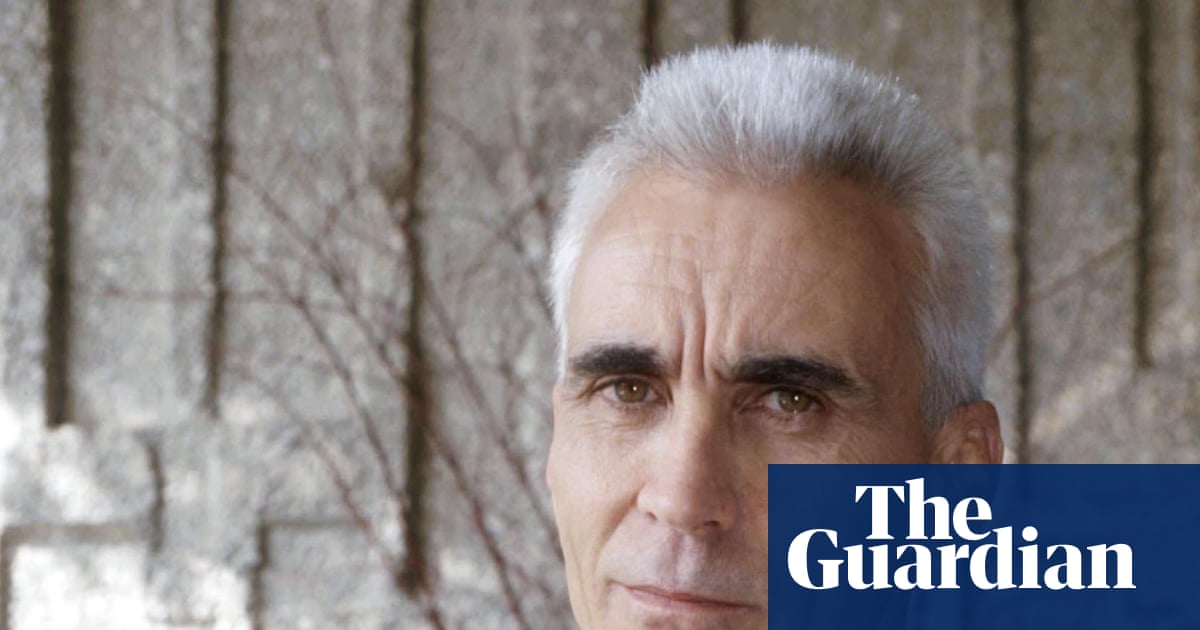Lee Tamahori, the New Zealand director of Once Were Warriors and Die Another Day, has died aged 75.
In a statement to Radio New Zealand, Tamahori’s family said he had Parkinson’s and died “peacefully at home”.
They added: “His legacy…

Lee Tamahori, the New Zealand director of Once Were Warriors and Die Another Day, has died aged 75.
In a statement to Radio New Zealand, Tamahori’s family said he had Parkinson’s and died “peacefully at home”.
They added: “His legacy…

Not much challenged the orthodoxy of glamour in fashion and decor through the 1980s. Proliferating glossy magazines celebrated revived couture, promoted luxury goods and displayed them on perfect human specimens in ideal settings. They did not…

An evaluation of non-cancer medications used concomitantly with cancer therapies for patients with breast cancer showed that proton pump inhibitors specifically were associated with worse survival outcomes and with an increased risk of grade…

There are no confirmed exomoons, moons orbiting distant exoplanets in other solar systems. There are a few candidates, but none have passed the threshold and been accepted as confirmed. But they must exist. Moons are common in our Solar…

A fractured America is causing people’s stress levels to go through the roof, a new American Psychological Association (APA) survey has found.
Overall, the results indicate that loneliness and emotional disconnection have become a defining…

The actor Pauline Collins, who has died aged 85 after suffering from Parkinson’s disease, had a habit of moving from one role to another but will for ever be remembered for two parts – a parlourmaid in the 1970s masters-and-servants TV drama…
You don’t have permission to access “http://cricket.one/featured-news/avoiding-the-2007-cliff-navigating-the-transition-of-australias-ageing-side-for-the-ashes/690e2c9839a217ec3c757b4e” on this server.
Reference…